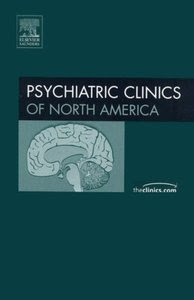What If Medicine Disappeared?
State University of New York Press | January 10, 2008 | ISBN: 0791473058 | 233 pages | PDF | 5 MB
State University of New York Press | January 10, 2008 | ISBN: 0791473058 | 233 pages | PDF | 5 MB
Argues convincingly, if counterintuitively, that modern medicine has little impact on longevity or mortality.
In this thought-provoking book, sociologists Gerald E. Markle and Frances B. McCrea ask what would happen if Western medicine were to disappear. Using a rigorous and imaginative method--a thought experiment--Markle and McCrea evaluate medicine's impact on mortality and our national health. They examine various aspects of medicine, such as primary care, surgery, emergency medicine, pharmaceuticals, and mental illness treatment, and convincingly point out the problems that health care actually causes. Supporting their ideas with statistics and studies from medical and social science literature, Markle and McCrea argue that the medical model, despite its tremendous budget and hype, accomplishes far less than most would think. Their conclusions should promote critical review and lively discussion among medical consumers as well as among health care professionals and policy makers.




































































